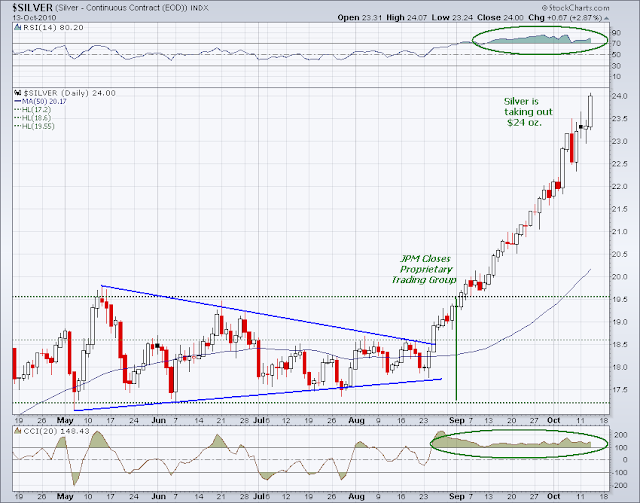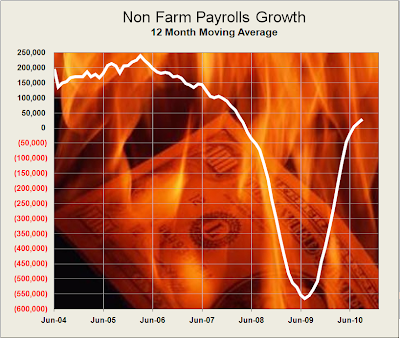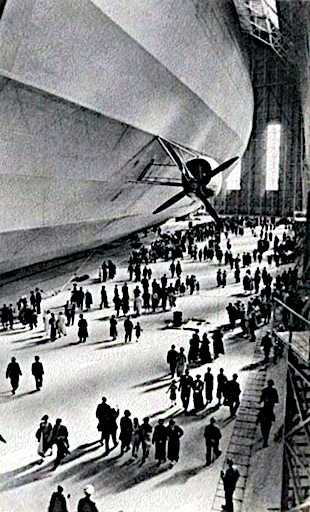The market is playing around with these consolidation patterns that start off with a dire overnight trade, that gives way to an intra-day rally and a squeezing of the shorts.
Artificial to be sure, but likely to continue until something happens to stop it. It is unlikely that the government will intervene ahead of an election and in a fragile economy to stop the inflation of an obvious bubble. To the contrary, they are most likely deeply complicit.
This provides emphasis to our caution of waiting for a downturn to develop rather than trying to get in ahead of it. You will just feed the speculative increase.
The more the Fed and Treasury debase the global fiat currency, the higher gold and silver will rise.
"The world will soon wake up to the reality that everyone is broke and can collect nothing from the bankrupt, who are owed unlimited amounts by the insolvent, who are attempting to make late payments on a bank holiday in the wrong country, with an unacceptable currency, against defaulted collateral, of which nobody is sure who holds title."
If the model of the former Soviet Union (empire) holds, at some point the oligarchs will start seizing hard and income producing assets for themselves using their command of fraudulent paper and a corrupt system of governance. This may already be underway when the Congress gave in to the Bankers' threats and passed TARP. I have heard that Wall Street will be taking about 8 percent of M1 as its bonus this year, despite being bailed out at enormous costs, both explicit and hidden, to the American public. Bernanke is transferring over a trillion dollars in interest earnings from savers, institutions, and retirees to Wall Street through this quantitative easing without reform and restructuring.
At some point this may erupt into a crisis with a resolution, but in the meantime it will continue to spread slowly like a wasting disease, concentrating more real wealth and assets in the hands of the politically well-connected few.
Obama is more like a business friendly Herbert Hoover than a reforming Franklin Roosevelt, and this lack of will and a vision forged by determined accomplishment against suffering, moral courage and certitude if you will, is his tragic flaw and America's misfortune.














































































